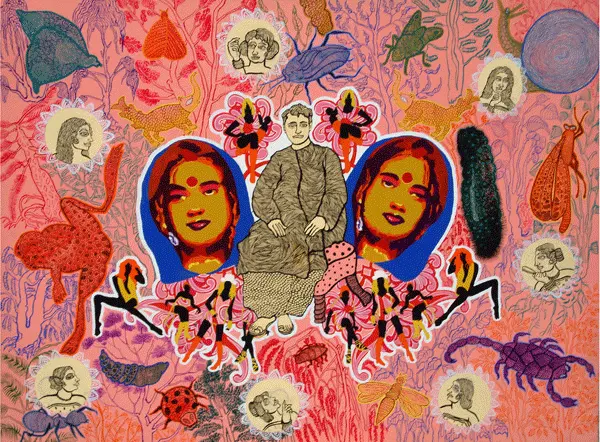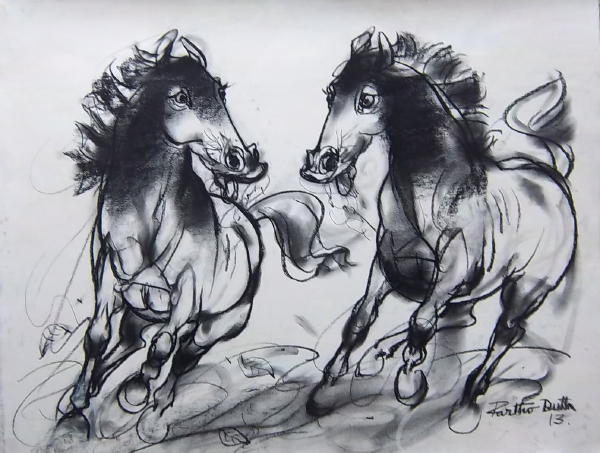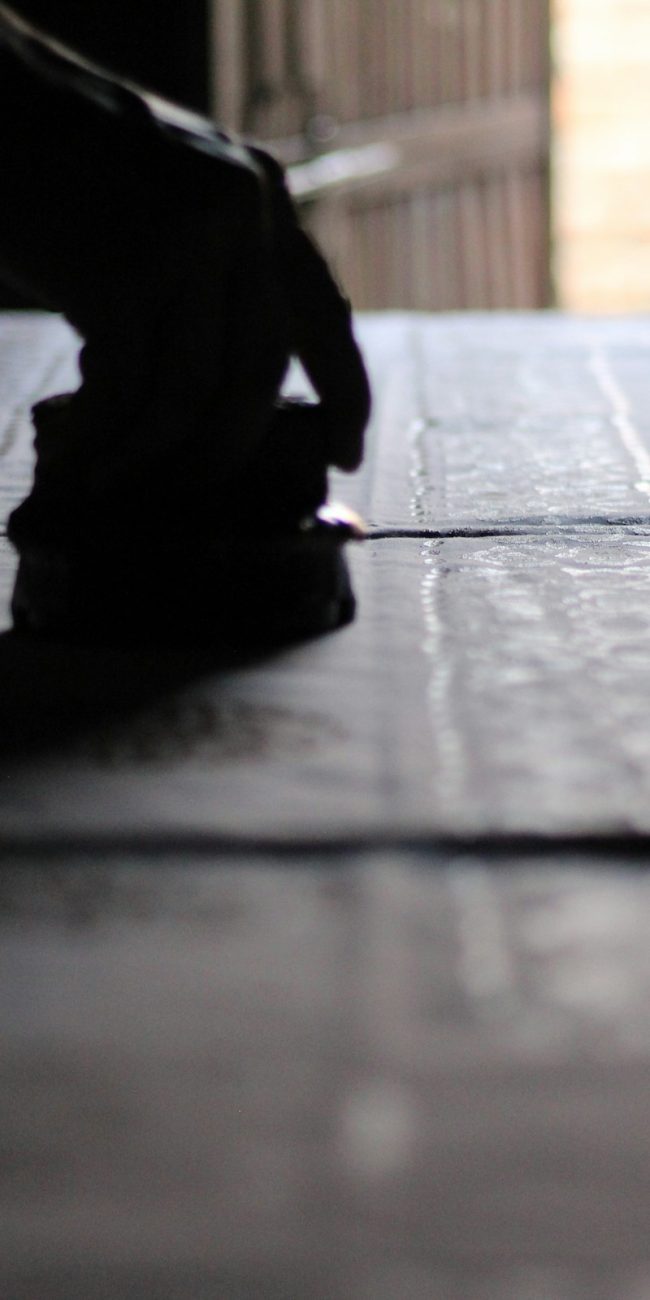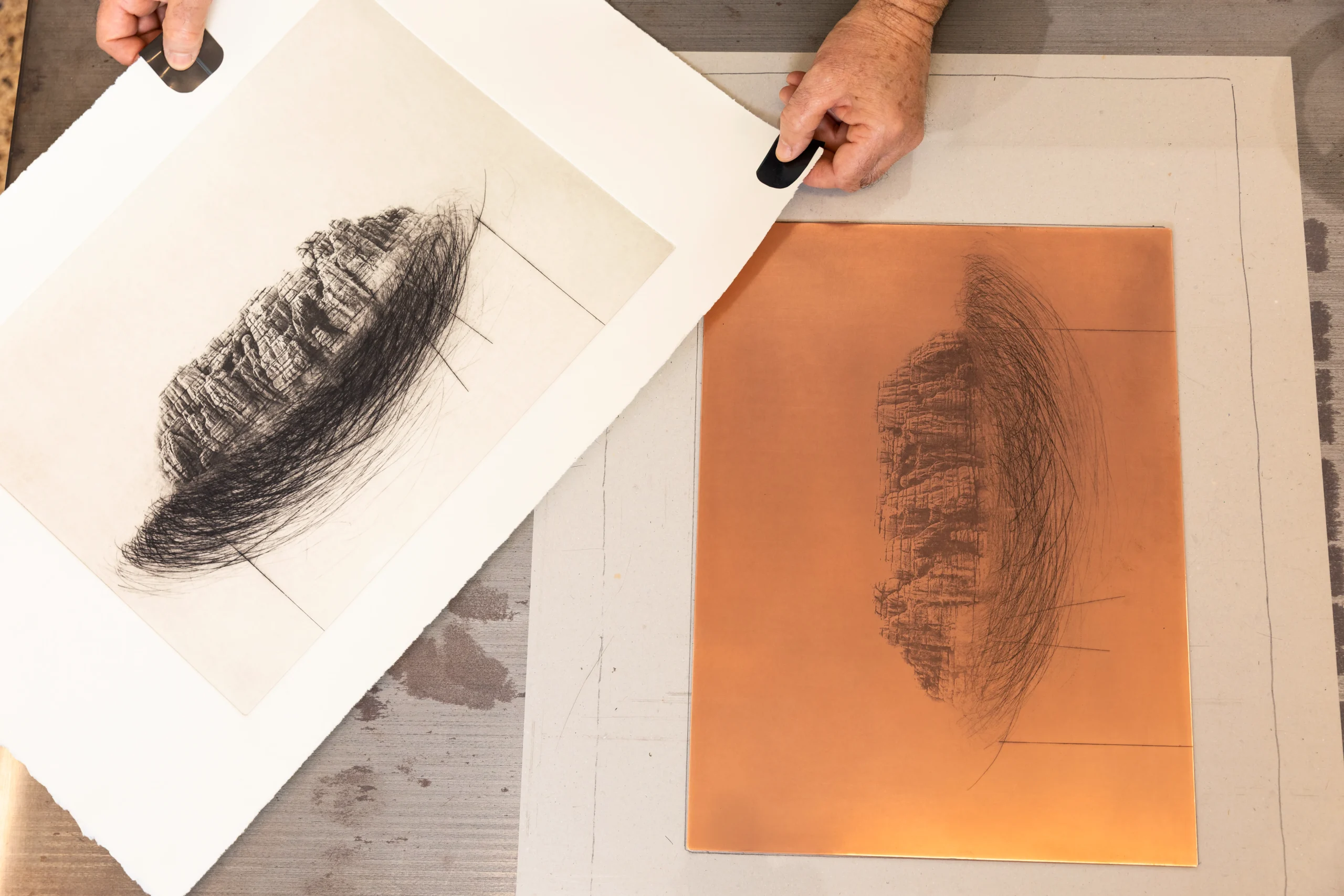
The Art of Printmaking: Techniques and Insights
Printmaking is a time-honored art form that has played a crucial role in shaping the history of visual culture. From ancient woodblock prints in China to the modern techniques used by today’s artists, printmaking combines creativity with craftsmanship, allowing artists to express themselves in unique ways. Printmaking art form that has evolved over centuries and continues to mesmerize art enthusiasts with its unique process and expressive potential.
This blog explores the different techniques that define printmaking and how they impact today’s art world.
A Brief History of Printmaking
Printmaking has been around for centuries, with its roots tracing back to around 200 AD in China, where the first woodblock prints were made. This early method involved carving an image into wood, inking the surface, and pressing it onto paper or fabric to create a print. By the 8th century, this technique had spread to Japan, where it evolved into the beautiful art of Ukiyo-e, known for its stunning depictions of landscapes, actors, and everyday life scenes.
In Europe, printmaking gained popularity in the 15th century with the invention of the printing press by Johannes Gutenberg. While the press was initially used to mass-produce texts, artists quickly adapted it for image-making. Albrecht Dürer, a renowned German Renaissance artist, promoted printmaking as a respected art form with detailed woodcuts and engravings, showcasing its potential for storytelling and beautiful design.
As time passed, printmaking continued to evolve. The 19th century brought the rise of lithography, a technique that allowed artists to draw directly onto a stone or metal plate. This method was embraced by artists like Henri de Toulouse-Lautrec, whose lively posters captured the energy of Parisian nightlife. In the 20th century, artists like Pablo Picasso and Andy Warhol expanded printmaking’s possibilities, using it for experimentation and mass production.
Various Techniques of Printmaking
Printmaking includes a variety of techniques, each with its own unique process and artistic effect. Here are some of the most important methods:
1. Relief Printing
Relief printing is one of the oldest forms of printmaking. In this method, the artist carves away areas of a block or plate that won’t be printed, leaving the desired image raised above the surface. Ink is then applied to the raised areas, and the block is pressed onto paper to create the print.
Woodcut : The artist carves an image into a wooden block, inks the surface, and presses it onto paper. Woodcuts are known for their bold lines and high contrast, making them popular for illustrations and posters.
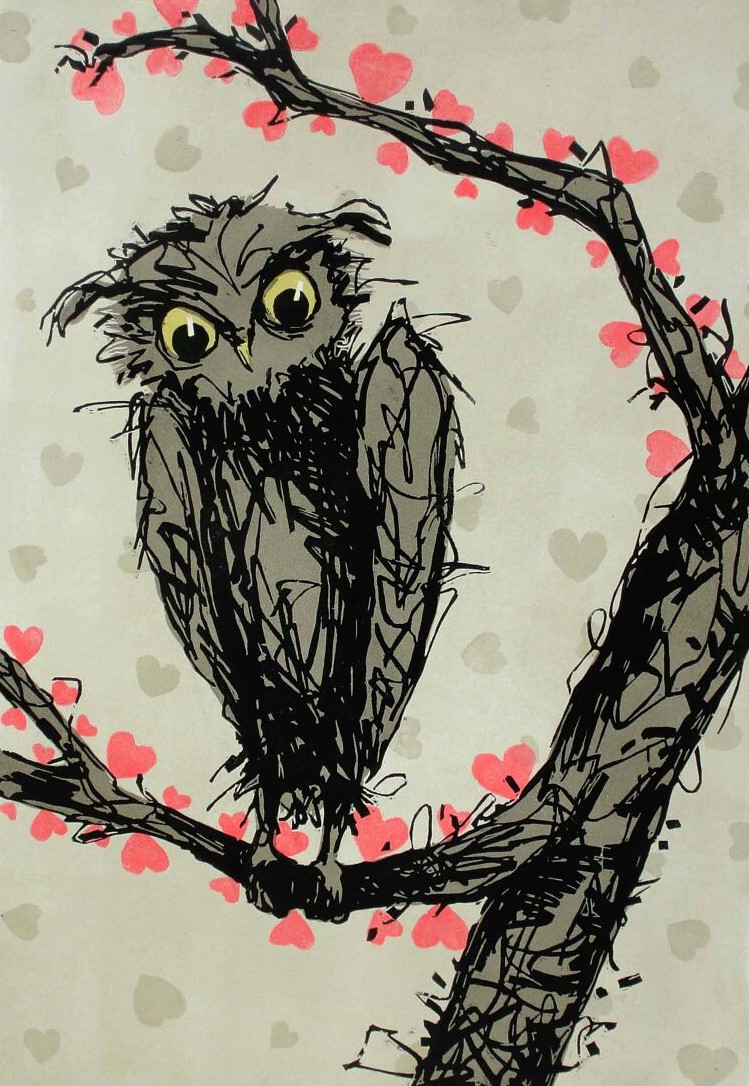
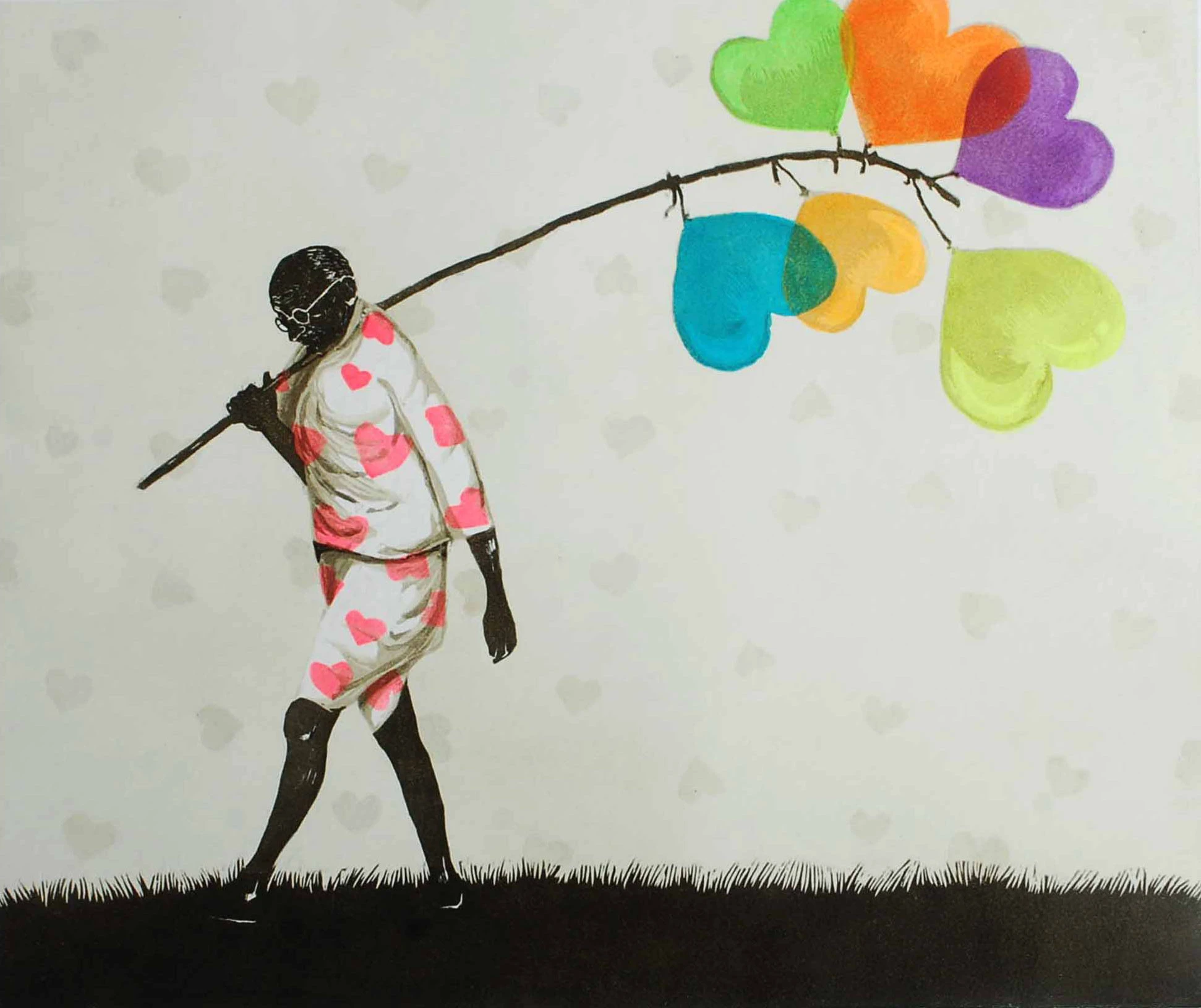
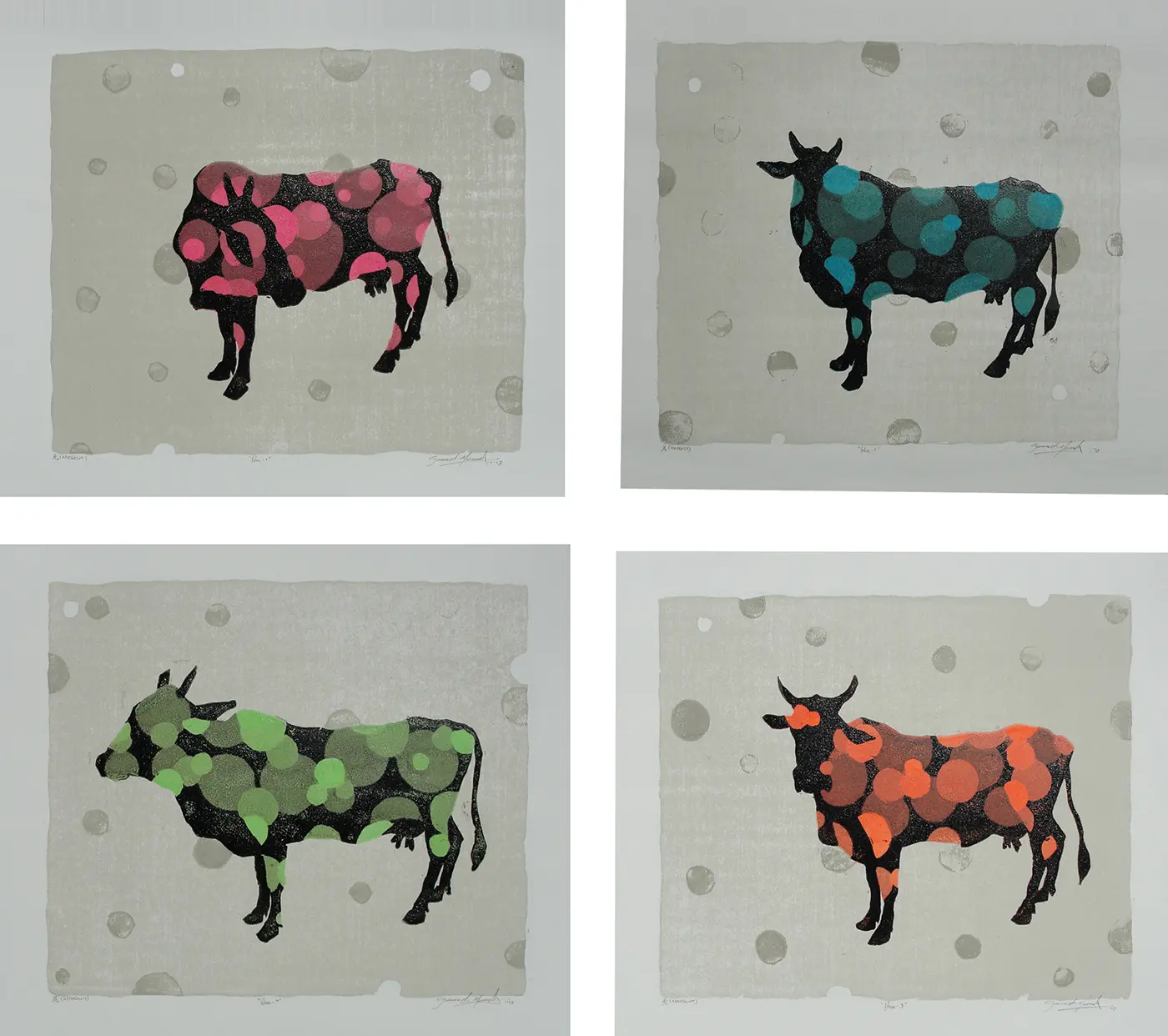
(Woodcuts by Gurmeet Marwah)
Linocut : Like woodcut, linocut involves carving into a linoleum block instead of wood. The softer texture of linoleum allows for smoother cuts and finer details, making it ideal for complex designs.
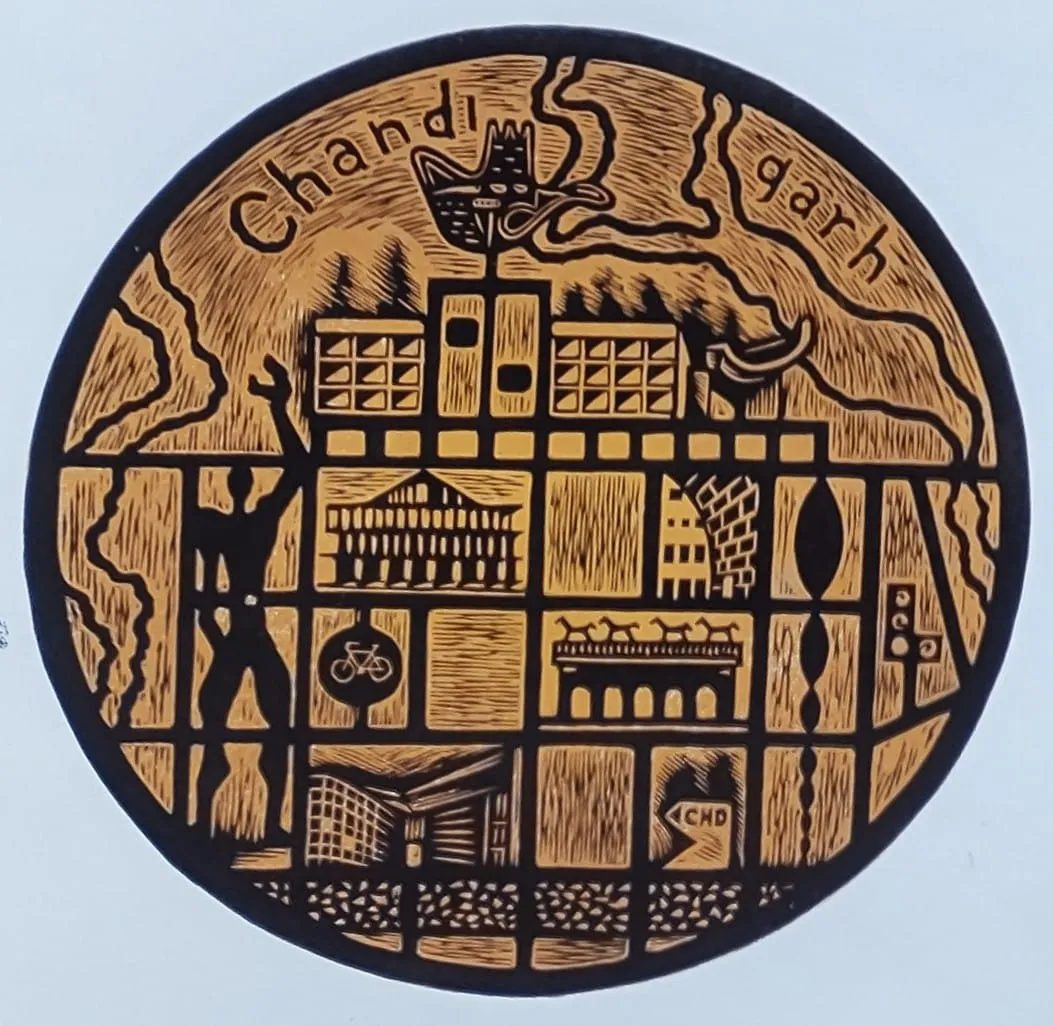
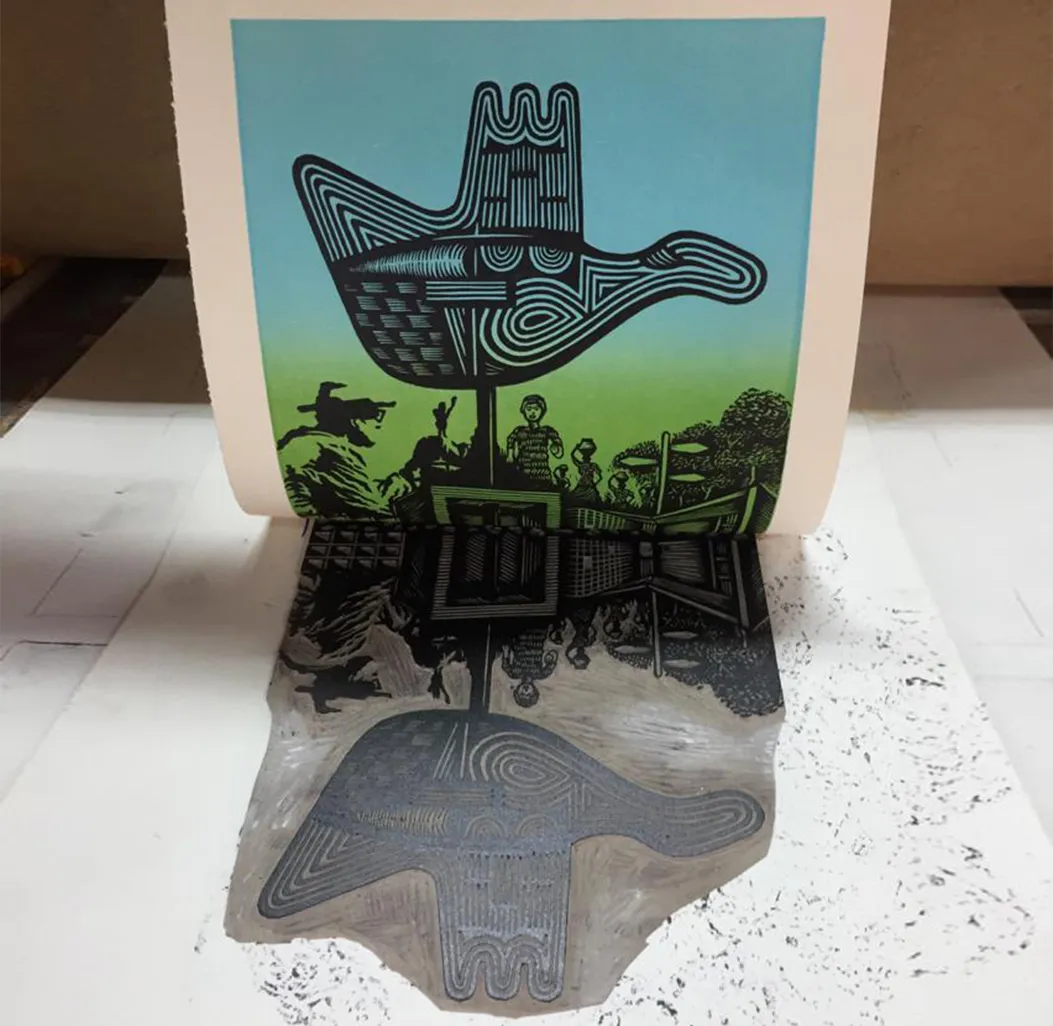
2. Intaglio Printing
Intaglio is the opposite of relief printing. Instead of carving away the areas that won’t be printed, artists incise their designs into a metal plate. The ink is applied, wiped off the surface, and then pressed onto dampened paper, transferring the ink from the grooves to the paper.
Etching : The artist covers a metal plate with a waxy ground and then draws into it with a sharp tool, exposing the metal. The plate is then submerged in acid, which eats away at the exposed lines. This technique is perfect for creating delicate, detailed images.
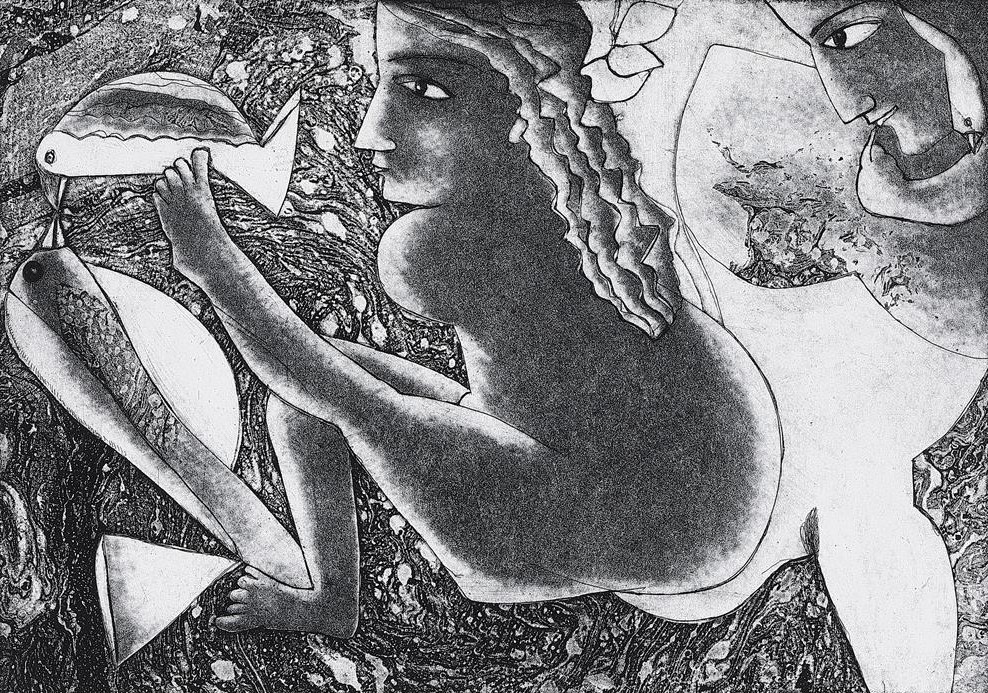
Engraving : The artist cuts directly into the metal plate with a sharp tool called a burin. Unlike etching, which uses acid, engraving relies entirely on the artist’s manual skill, resulting in crisp, clean lines and precise details.
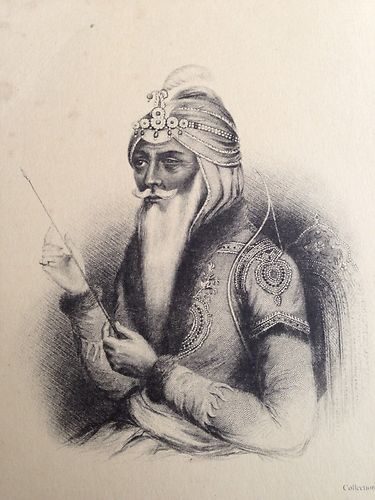
(Antique c1850s Steel Engraving of Maharaja Ranjeet Singh)
Drypoint : A variation of engraving, drypoint involves scratching the image directly into the plate with a needle. The lines are less precise, but the burr left by the needle creates a rich, velvety texture.
3. Lithography
Lithography is based on the principle that oil and water do not mix. The artist draws an image onto a flat stone or metal plate using a greasy substance. The plate is treated with a chemical solution that ensures the drawn areas attract ink while the non-drawn areas repel it. When the plate is inked and pressed onto paper, the image is transferred. Lithography is great for creating images that resemble drawings or paintings.
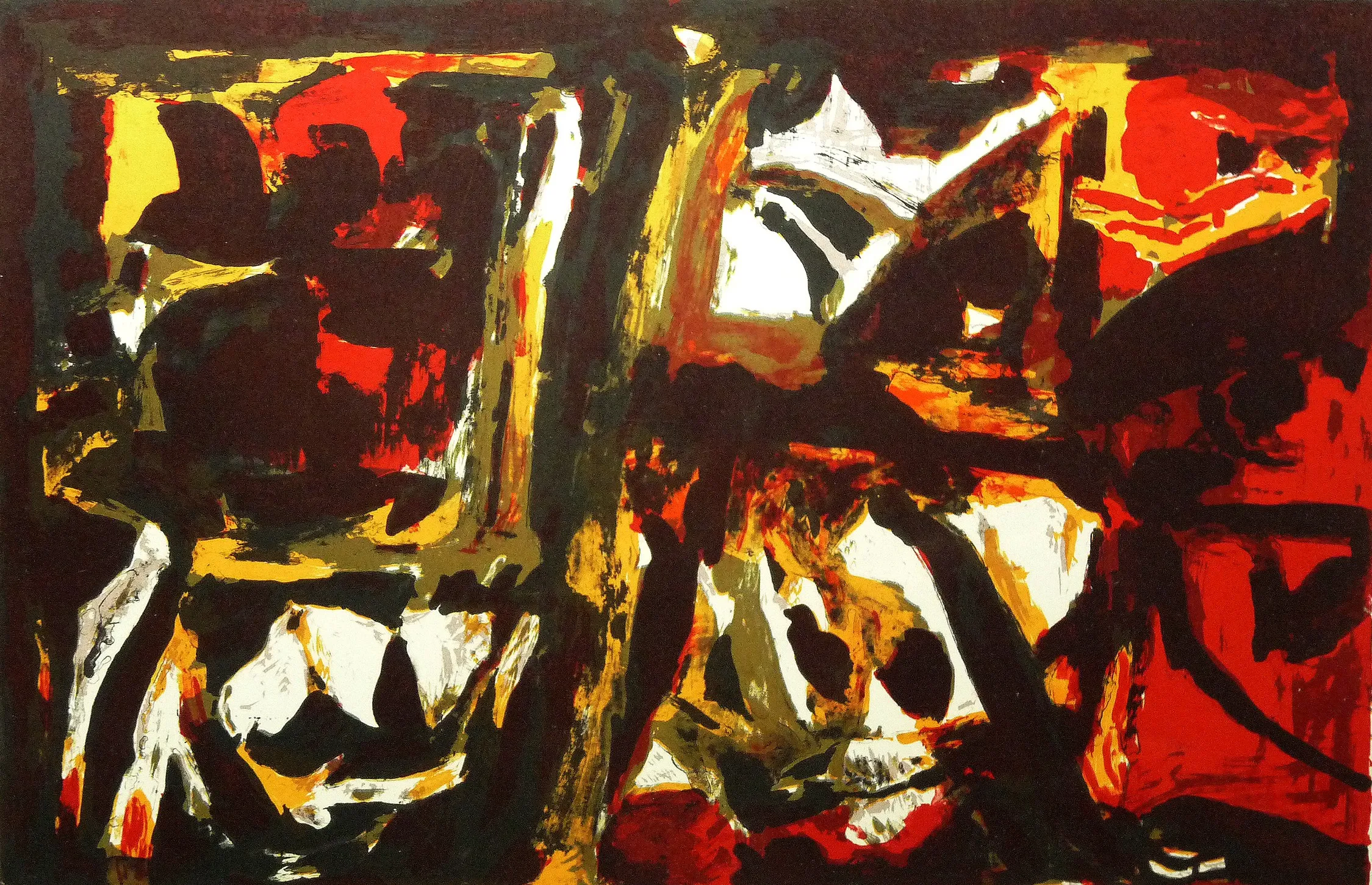
4. Screen Printing (Serigraphy)
Screen printing (Serigraphy) is a technique often associated with pop culture but is also widely used in fine art. The process involves creating a stencil on a fine mesh screen, and then forcing ink through the screen onto the surface below. Each color requires a separate screen, allowing for bold, layered images with vibrant colors. This method gained fame in the 1960s with artists like Andy Warhol, known for his iconic images of celebrities and consumer goods.



(Serigraphs by Thota Vaikuntam)
5. Monotype and Monoprint
Monotype and monoprint techniques produce unique, one-of-a-kind prints. In monotype, the artist paints or draws directly onto a smooth surface, such as glass or metal, and then transfers the image onto paper. This process typically results in a single impression. Monoprints, however, involve a repeatable element, such as an etched plate or a carved block, but with varying inking or embellishments, allowing for multiple prints, each with its unique characteristics.

Tools and Materials used in Printmaking
The tools and materials used in printmaking are essential in shaping the final artwork. Each technique requires specific tools, from carving knives and gouges for relief printing to burins and needles for intaglio. The choice of block or plate (wood, metal, linoleum) and paper also significantly influences the texture, detail, and overall look of the print.
Inks used in printmaking are typically oil-based, and known for their rich, deep colors and longer working time. However, water-based inks are also popular for their ease of use and quick drying time. The quality of paper is important, as it needs to withstand the pressure of the printing process while absorbing the ink evenly.
The Impact of Printmaking in Today’s Art World
Today, printmaking continues to be a vital and innovative medium. It offers artists a unique way to express their ideas, whether through the fine detail of an etching or the bold colors of a screen print. The ability to create multiple originals also makes art more accessible, allowing more people to own and enjoy works by contemporary artists.
In recent years, there has been a renewed interest in printmaking, driven by an appreciation for traditional craftsmanship and the rise of print fairs and independent studios. These spaces give artists the resources to experiment, collaborate, and share their work with a broader audience.
Conclusion
Printmaking is a powerful medium for enhancing the creativity and skill of artists. Its rich history, diverse techniques, and ongoing relevance in today’s art world make it a fascinating subject for both artists and art enthusiasts. Whether through the complex lines of an etching or the bold, vibrant colors of a screen print, printmaking continues to inspire, proving that this ancient art form is more bright and essential than ever!




